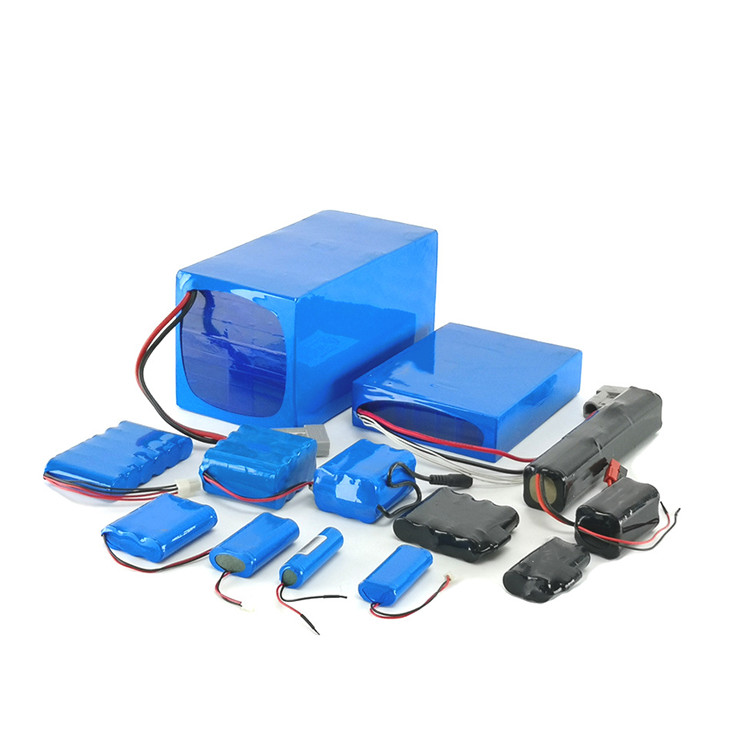What is the difference between a power battery and an energy storage battery?
April 10, 2021
Among the classification of battery use scenarios, batteries are divided into consumer batteries (3C batteries, used in mobile phones, laptops, digital cameras, etc.), power batteries (new energy vehicles, light electric vehicles, power tools, etc.), energy storage batteries (power stations, communication base stations, etc).
For power batteries, it is also a kind of energy storage battery. However, due to the limitation of the volume and weight of the vehicle and the acceleration at startup, the power battery has higher performance requirements than the ordinary energy storage battery, such as the highest energy density, the fast charging speed of the battery, the large discharge current and so on.
According to the standard, power battery capacity below 80% can no longer be used in new energy vehicles.
For energy storage batteries, most energy storage devices do not need to move, so there is no direct requirement for energy density for energy storage lithium batteries. as for power density, different energy storage scenarios have different requirements.
For power peak-shaving, off-grid photovoltaic energy storage or user side peak-valley price difference energy storage scenarios, generally need energy storage battery continuous charge or continuous discharge for more than two hours, so it is suitable to use charge-discharge rate ≤0. The capacity battery of 5 C; for the energy storage scenario of power frequency modulation or smooth renewable energy fluctuation, the energy storage battery needs to charge and discharge quickly in the period of second to minute, so it is suitable for the application of ≥2 power battery.
Compared with power lithium battery, energy storage lithium battery has higher service life requirements. The life of new energy vehicles is generally 5-8 years, while the life of energy storage projects is generally expected to be more than 10 years. The cycle life of power lithium battery is 1000-2000 times, but the cycle life of energy storage lithium battery is generally more than 3500 times.
In terms of cost, power lithium lithium battery faces the competition with the traditional fuel power source, and the energy storage lithium battery needs to face the cost competition of the traditional peak-shaving frequency modulation technology. In addition, the scale of energy storage power stations is basically above megawatt or even 100 megawatt, so the cost of energy storage lithium battery is lower than that of power lithium battery, and the safety requirement is higher.
There are some differences between power lithium battery and energy storage lithium battery, but from the core, they are all the same. Both lithium iron phosphate battery and ternary lithium battery can be used. The main difference lies in BMS battery management system. Battery power response speed and power characteristics, SOC estimation accuracy, charge and discharge characteristics can be achieved on the BMS.








 Sales
Sales Sales
Sales Sales01
Sales01
 Sales Manager
Sales Manager